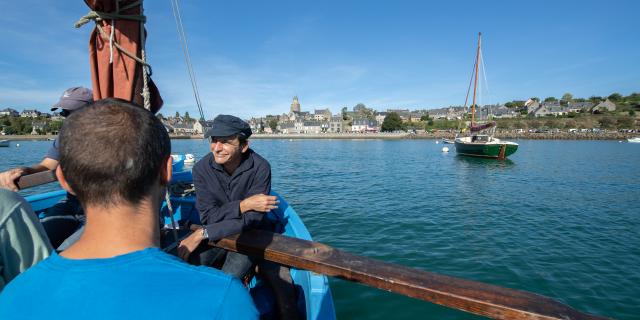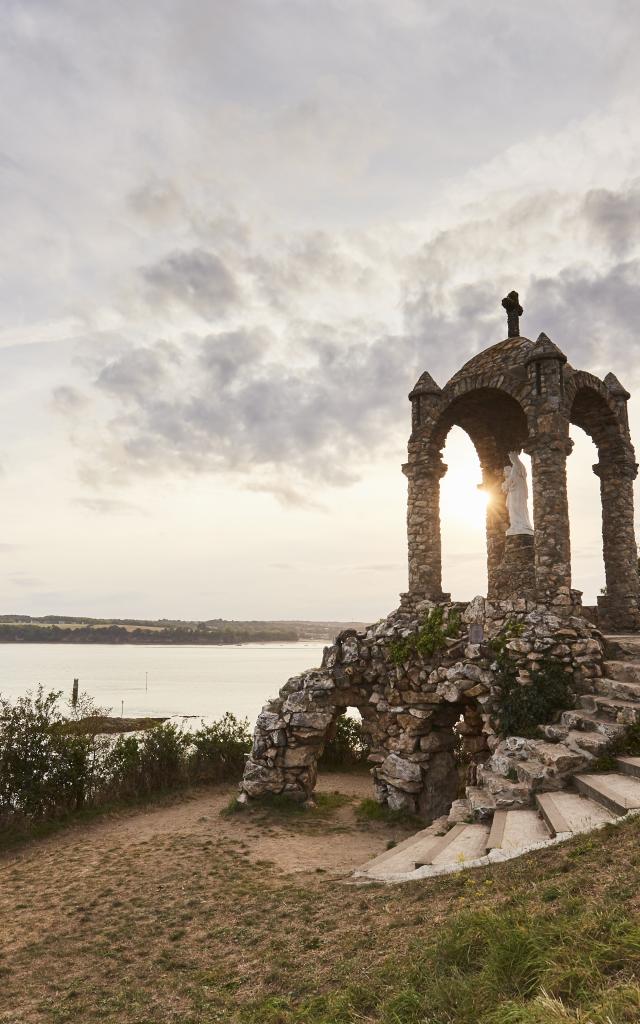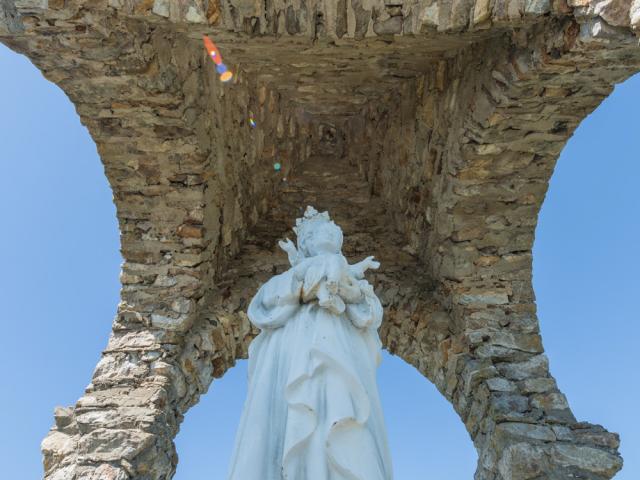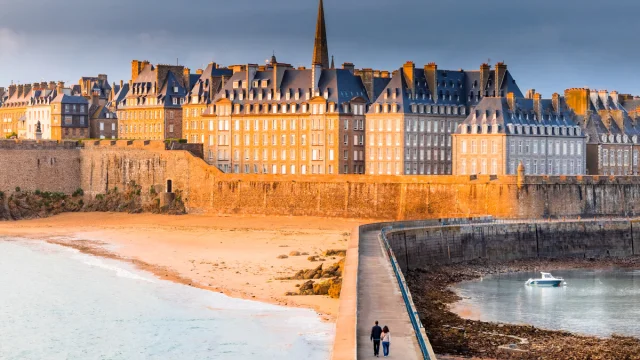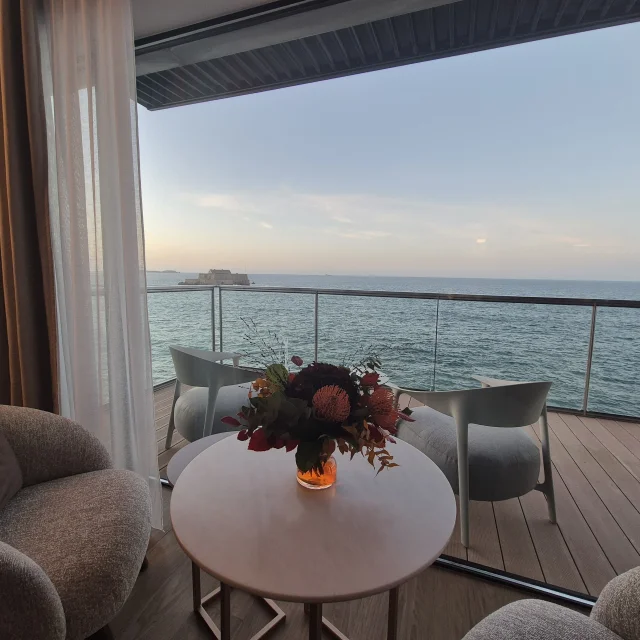Wandering around St-Su!
At Saint-Suliac, leave your horse behind, wander through the ruettes and soak up the views from this village of many panoramas. A visit on foot is essential to fully appreciate the atmosphere of this village, classified as one of the “Most Beautiful Villages in France” since 1999.
As you wander through the ruettes, the bucolic harmony that emerges from these old stones envelops you in an atmosphere between land and sea! Rich in legends and marked by the Marian cult, Saint-Suliac is a village of ruettes, not streets, lanes, avenues or boulevards. The specific architecture of this village, takes us through these ruettes and invites us to stroll.
Info culture : Our dear Victor Hugo, referred to cramped ruettes in his book “L’homme qui rit” in 1869.
The good idea : get lost in the maze of ruettes, a real labyrinth awaits you but do not worry you will not meet the Minotaur! But you’re sure to meet the Virgin.
 ©alamoureux Vue Aérienne Saint Suliac (37)
©alamoureux Vue Aérienne Saint Suliac (37) Rues Et Ruettes St Suliac Simon Bourcier 13454
Rues Et Ruettes St Suliac Simon Bourcier 13454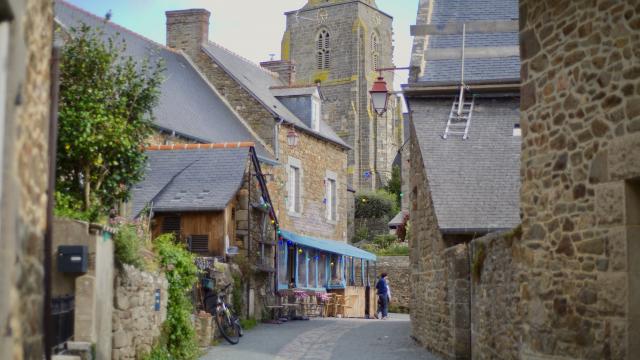 Rues Et Ruettes St Suliac Antoine Choleau 3749
Rues Et Ruettes St Suliac Antoine Choleau 3749








